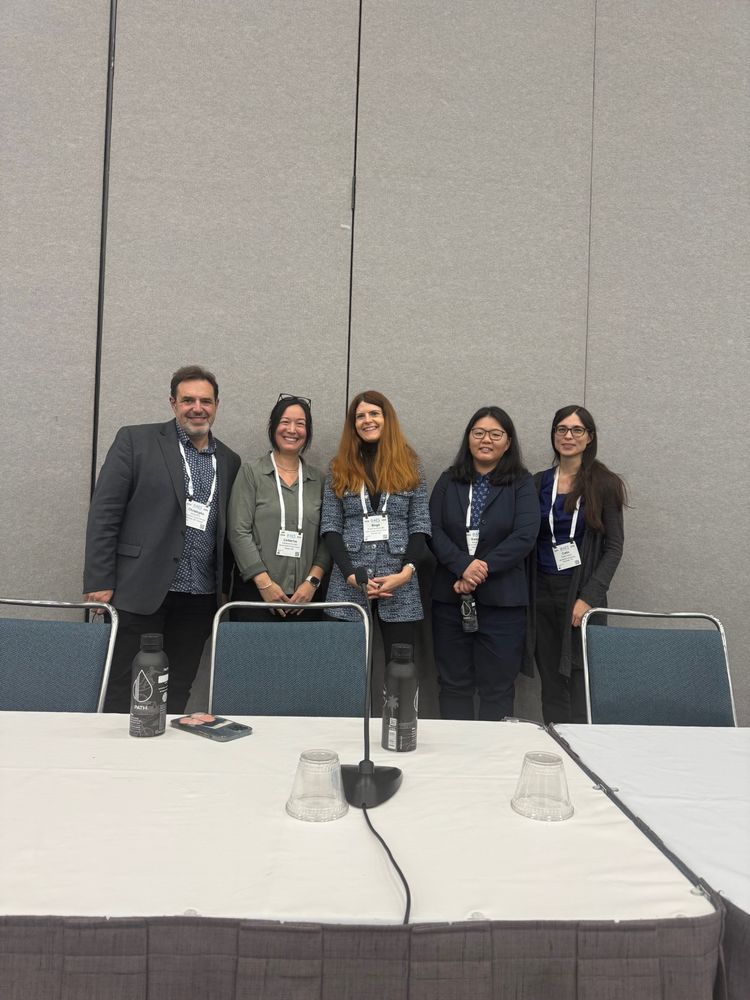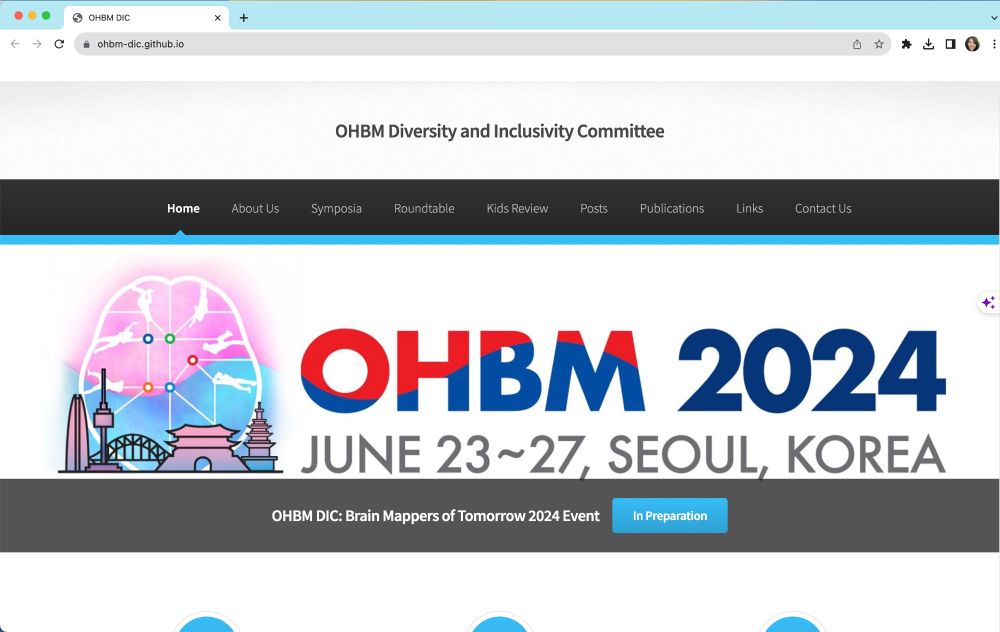@OHBM. Mom. 🇰🇷 she/her. 1st gen. Open Science. Open opportunities.




"Clinical investigator workshop: Multimodal evaluation of the interactions between sleep, epilepsy and cognition"
See you all there!

"Clinical investigator workshop: Multimodal evaluation of the interactions between sleep, epilepsy and cognition"
See you all there!
doi.org/10.31234/osf...

doi.org/10.31234/osf...
ohbm-dic.github.io
#neuroimaging #PsychSciSky #psychology #neuroscience #neuroskyence #Psychiatry

ohbm-dic.github.io
#neuroimaging #PsychSciSky #psychology #neuroscience #neuroskyence #Psychiatry









